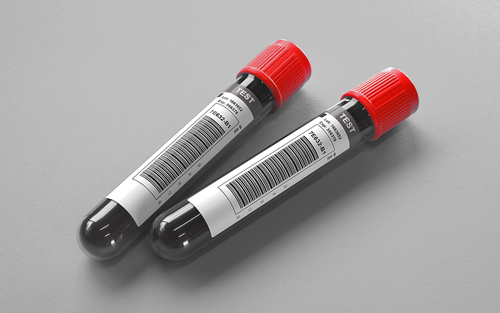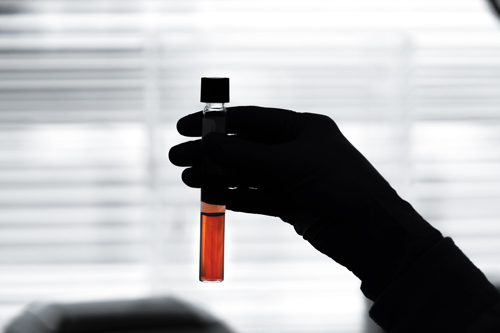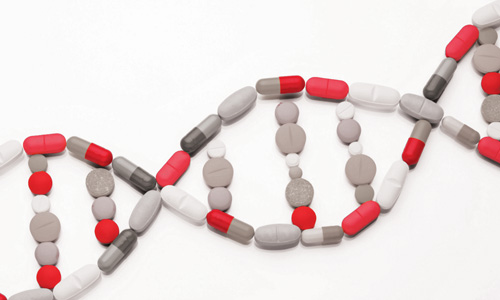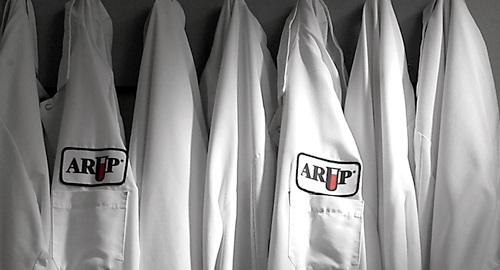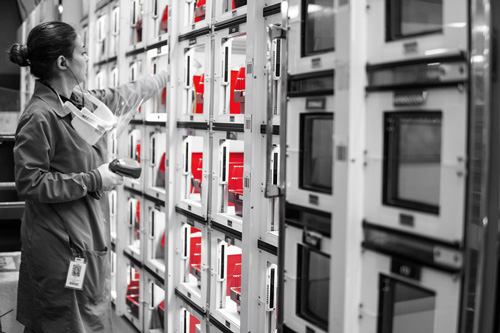Thallium, Whole Blood
Ordering Recommendation
Useful as a biomarker of acute thallium exposure. For the assessment of chronic exposure, consider Thallium, Urine (0025019).
New York DOH Approval Status
Specimen Required
Diet, medication, and nutritional supplements may introduce interfering substances. Patients should be encouraged to discontinue nutritional supplements, vitamins, minerals, and nonessential over-the-counter medications (upon the advice of their physician).
Royal blue (K2EDTA) or royal blue (NaHep).
Transport 6 mL whole blood in the original collection tube. (Min: 0.5 mL)
Room temperature. Also acceptable: Refrigerated.
Specimens collected in tubes other than royal blue (K2EDTA) or royal blue (NaHep).
Specimens transported in containers other than a royal blue (K2EDTA) or royal blue (NaHep) tube or trace element-free transport tube. Heparin anticoagulant. Clotted specimens.
Ambient: Indefinitely; Refrigerated: Indefinitely; Frozen: Unacceptable
Methodology
Quantitative Inductively Coupled Plasma-Mass Spectrometry (ICP-MS)
Performed
Sun-Sat
Reported
1-3 days
Reference Interval
Less than or equal to 2.0 µg/L
Interpretive Data
Blood thallium levels reflect recent exposure as thallium has a biological half-life of approximately 2 to 4 days. Blood levels greater than 100 ug/L are considered toxic and greater than 300 ug/L indicate severe ingestion. Reported symptoms after severe thallium poisonings have varying times of onset and include gastroenteritis, multiorgan failure and neurologic injury. Peripheral neuropathy and alopecia are well-documented effects of acute and chronic exposure. Human health effects from low level thallium exposure are unknown.
Elevated results may be due to skin- or collection-related contamination, including the use of tubes that are not certified to be trace element free. If an elevated result is suspected to be due to contamination, confirmation with a second specimen collected in a certified trace element-free tube is recommended.
Methodology: Inductively Coupled Plasma-Mass Spectrometry (ICP-MS).
Laboratory Developed Test (LDT)
Note
Hotline History
Hotline History
CPT Codes
83018
Components
| Component Test Code* | Component Chart Name | LOINC |
|---|---|---|
| 0099610 | Thallium, Whole Blood | 5743-0 |
Aliases
- WB thallium
- TLB
- Tl
